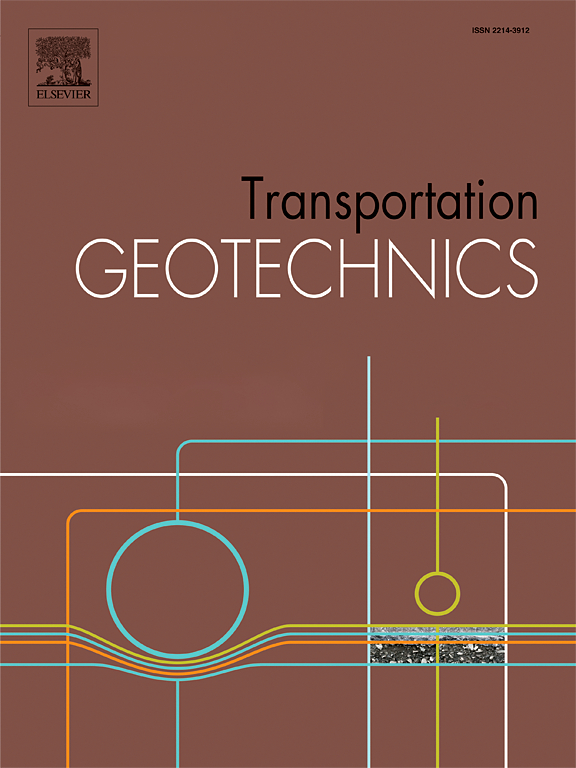To satisfy the economic requirements and reduce the impact to the surrounding buildings and underground structures, the dynamic compaction (heavy tamping) and static compaction are combined used in the soil filling for airport subgrade. Despite compaction the subgrades in the same degree of compaction, the subgrades filled by dynamic and static compaction method show different increase potential in the permanent strain under cyclic loading, which then further result in the differential settlement and safety problems. This study firstly investigated the compaction characteristics under static compaction and different dynamic compaction scheme, during which the static and dynamic compaction strain and stress evolutions were monitored. The cyclic triaxial tests were then performed to investigate the sample preparation method derived difference in permanent strain under cyclic loading. Furthermore, to provide a microscopic interpretation to this difference, the pore size distributions of the silt samples based on mercury intrusion porosimetry (MIP) test and the internal particle contact stresses from discrete element method (DEM) simulation were respectively explored. The main conclusions are as follows: (1) The dynamic compaction processes can be divided into rapid and slow compaction strain stages determined by strain growth rate and compaction numbers, which further influences the homogeneity of soil samples; (2) The statically compacted samples have more significant permanent strain than the dynamic ones due to the localized stress concentration and different pore microstructures; the permanent strain increases with dynamic compaction energy until a stable stage is reached. (3) The MIP results show that the dynamic compaction transforms the macropores into mesopores; the higher compaction energy enhances this transforming effect but results in a decrease in the overall homogeneity.


